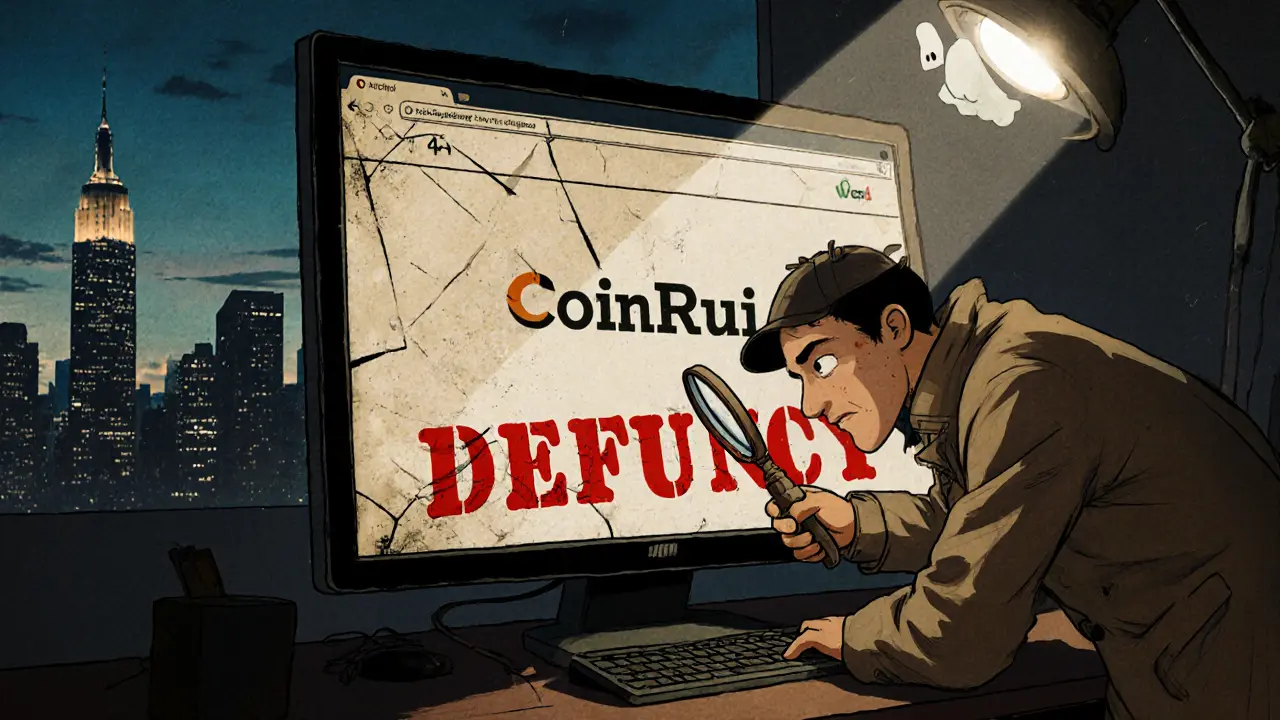Cryptocurrency Safety: Protect Your Assets and Avoid Scams
When thinking about cryptocurrency safety, the practice of keeping crypto holdings secure from hacks, scams, and regulatory pitfalls, most people picture a locked wallet. In reality, safety covers everything from the platform you trade on to the cryptographic tools that verify each transaction. Crypto Exchange Security, the safeguards exchanges use to protect user funds, such as cold storage, multi‑factor authentication, and regular audits is a core pillar; without it, even the strongest wallet can be compromised. Another essential layer is Digital Signatures, cryptographic proofs that confirm a transaction truly comes from the owner’s private key. Together, they form a chain where exchange security requires reliable digital signatures, and both work to block unauthorized access. This relationship means that a breach often stems from weak signature verification or lax exchange controls, so mastering both is a must‑have skill for any crypto user.
Key Areas of Cryptocurrency Safety
Beyond exchanges and signatures, macro‑level forces shape how safe your crypto feels. Regulatory Bans, government‑imposed restrictions on crypto activities such as trading, mining, or advertising can abruptly freeze assets or force platforms to shut down, turning a seemingly secure wallet into a legal nightmare. The recent bans in China and Tunisia illustrate how quickly policy shifts can impact users worldwide. At the protocol level, the threat of a 51% Attack, a situation where a single entity controls the majority of network hashing power, allowing transaction re‑ordering or double‑spending tests the resilience of proof‑of‑work and proof‑of‑stake systems alike. Understanding that proof‑of‑stake designs aim to make such attacks costlier helps you evaluate which blockchain aligns with your risk tolerance. So, safety isn’t just about personal habits; it also depends on how governments act and how consensus mechanisms defend against attacks.
Putting these pieces together gives you a practical roadmap: pick exchanges that prioritize cold storage and enforce strong digital signatures, stay informed about jurisdictional changes that could affect your holdings, and favor blockchains with robust attack‑resistance designs. The articles below dive deeper into each of these topics, from detailed exchange reviews and scam checklists to guides on digital signatures and the economics of 51% attacks. Armed with this context, you’ll be ready to navigate the crypto world with confidence and keep your assets safe.
CoinRui Crypto Exchange Review: Risks, Red Flags & Why It’s Defunct
by Johnathan DeCovic Oct 22 2025 6 CryptocurrencyA clear review of the defunct CoinRui crypto exchange, highlighting its failures, user losses, and how to avoid similar scams in 2025.
READ MORE
